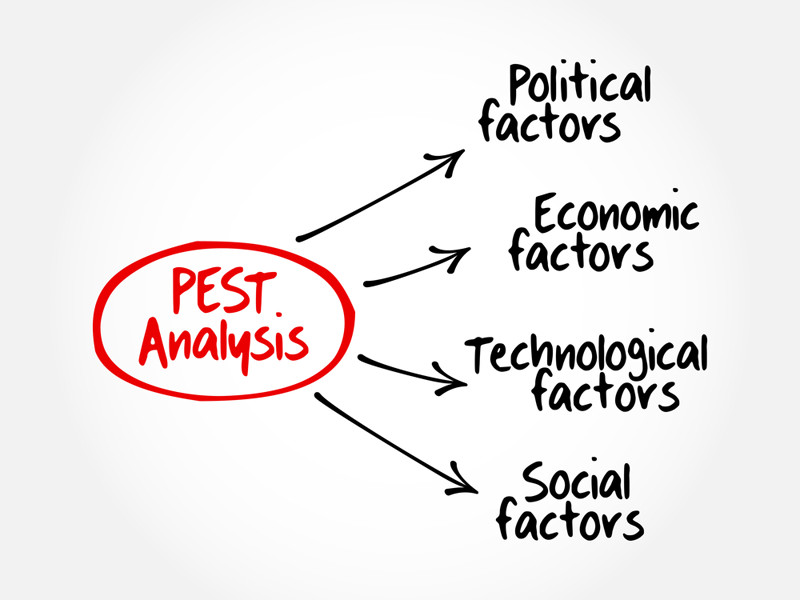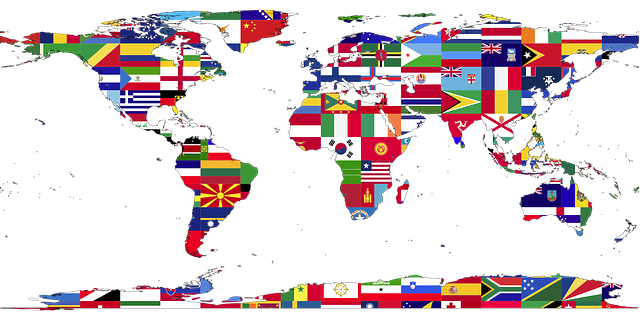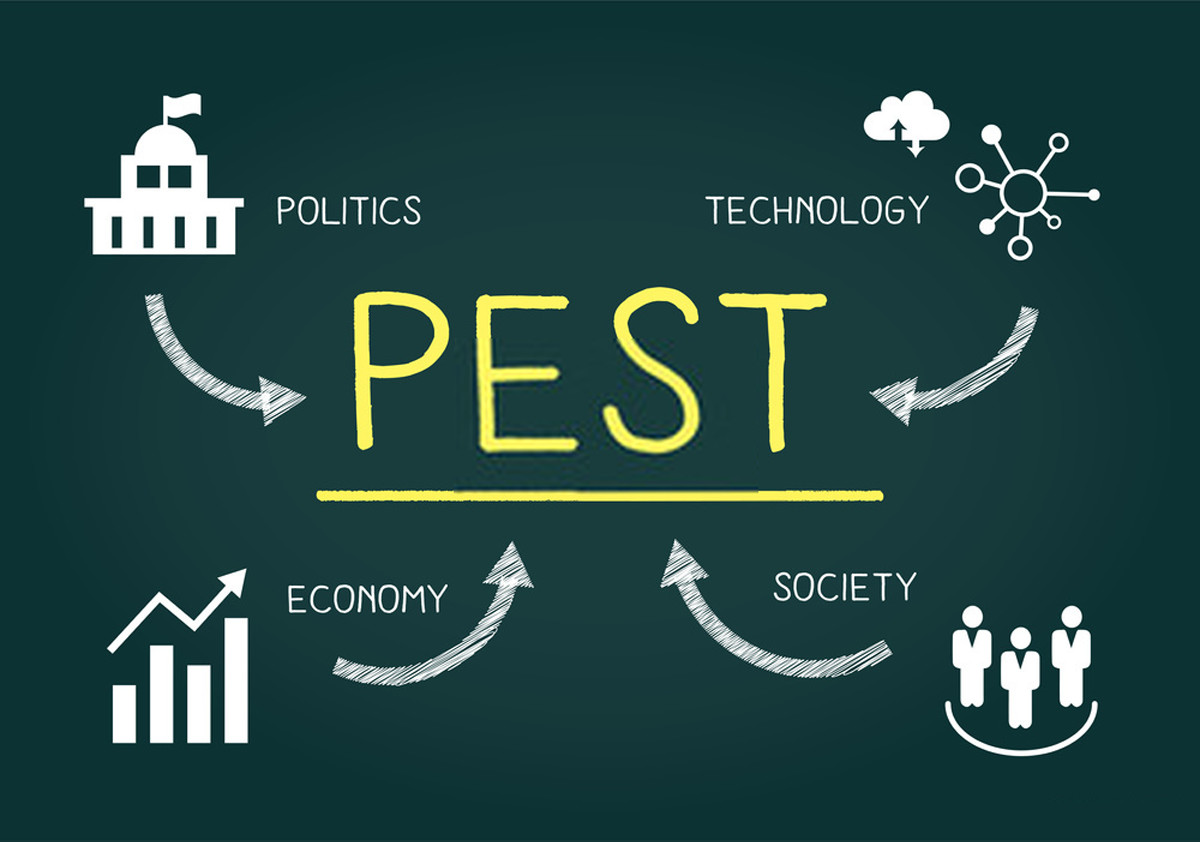Every business whether big or small operates in a very dynamic environment. There is always a need for strategic business tools to assess the current market situation, predict future changes, and help devise a strategy to overcome challenges. PEST analysis one such measurement tool to help assess markets for a particular product or a business at a given time frame.
It allows you to organize your assessment and analysis of the factors impacting your business and help you take better business decisions.
Understanding PEST Analysis as a Strategic Business Tool
PEST stands for Political, Economic, Social, and Technological factors. These are the major macro-environmental factors that directly impact your current and future business environment.
Understanding these factors is extremely important for your organization to remain competitive and adapt to any challenges that the future may hold.

Definition: PEST Analysis is a measurement and analysis tool to help organizations make better business decisions and improve efficiency by studying critical factors that might influence a business Like political, economic, social, and technology environement.
Therefore through PEST analysis, you are analyzing these 4 factors that are critical for your business. Not only that, PEST analysis helps in making strategic business decisions, planning marketing activities, product development, and research but is often used together with SWOT analysis, which stands for Strength, Weakness, Opportunities, and Threats.
Understand individual factors for PEST Analysis
1. Political

In PEST analysis, ‘P’ stands for the Political environment. It focuses on studying the current and future Government policies to understand how it impacts your business.
If an organization operates in multiple countries, it becomes even more important to assess the current government policies and how it may change in the future that can impact your business significantly. Just ask a Chinese company invested heavily in the US to understand what kind of broad impact this factor in PEST analysis can have.
The assessment of Political environment addresses two critical factors
1. What current and future government policies or opposition groups could be beneficial or detrimental to our business success?
2. Is the political environment stable and friendly to my business, industry or place of origin, or likely to change?
These are some of the questions to arrive at the two critical factors
- Government policies with respect to your industry
- Current Tax Laws
- Ease of doing business
- Government vision for expanding business overall and my specific industry
- Privatization policies
- Government relationships with my key stakeholders or place of origin
2. Economic

The letter ‘E’ in PEST analysis stands for economic factors. It evaluates the economic environment by studying factors in the macroeconomy such as lending rate, interest rates, economic growth, exchange rate as well as the
These factors also help in accessing the demand, costing of the product, expansion, and growth.
The assessment of Economic environment addresses critical factors
1. What economic factors will affect us moving forward?
2. How do the performance of the economy and other economic factors affect our business at present?
3. How is our cost of capital, pricing, revenues, spending, and costs impacted by each economic factor?
3. Social

‘S’ stands for social factors that form the macro environment of the
The assessment of social environment addresses three critical factors
1. How do our customer’s beliefs and values influence their buying habits?
2. How do cultural trends and human behavior play a role in our business?
4. Technological

The letter ‘T’ in PEST analysis stands for technology. The technological factors are most dynamic and the assessment needs to be most updated and current.
The consumer adoption of new technology is also getting faster. The analysis involves understanding factors that are related to technological changes and the rate at which technology gets obsolete.
A good example is the Symbian mobile operating system from Nokia. It became obsolete when apple iPhone was launched and received a fatal blow with the launch of Googles’ Android mobile OS.
Nokia refused to adopt the android initially which led to the downfall and eventual end of the smartphone business. A thorough PEST analysis would have perhaps helped Nokia during those days.
The assessment of technological environment addresses three critical factors
1. What technological advancements and innovations are available or on the horizon?
2. How will this technology impact our operations?
3. What technologies we are using may become obsolete in the near future?
 |
| SWOT analysis is often compared with PEST Analysis and it sometimes gets confusing as to which tool to use in a particular scenario. Therefore, it’s important to know the difference. A simple difference is that PEST Analysis looks at the “big picture” scenario that might influence a decision, a market, or a potential new business. SWOT Analysis, on the other hand, explores these factors at a business, product-line or product level and is more nuanced in terms that it considers all the variables that may impact the business and therefore, your decisions. These tools are often complementary and used together in the strategic decision-making process. |
How to do a PEST analysis
 |
| To get the most from the PEST technique, gather input from a range participants with different perspectives. When you’re working with a large or distributed team, getting everyone together at the same time can be difficult, inconvenient, and costly. Using different technologies like video conferencing, online forms, and collaborative brainstorming software such as GroupMap can help overcome these challenges. |


